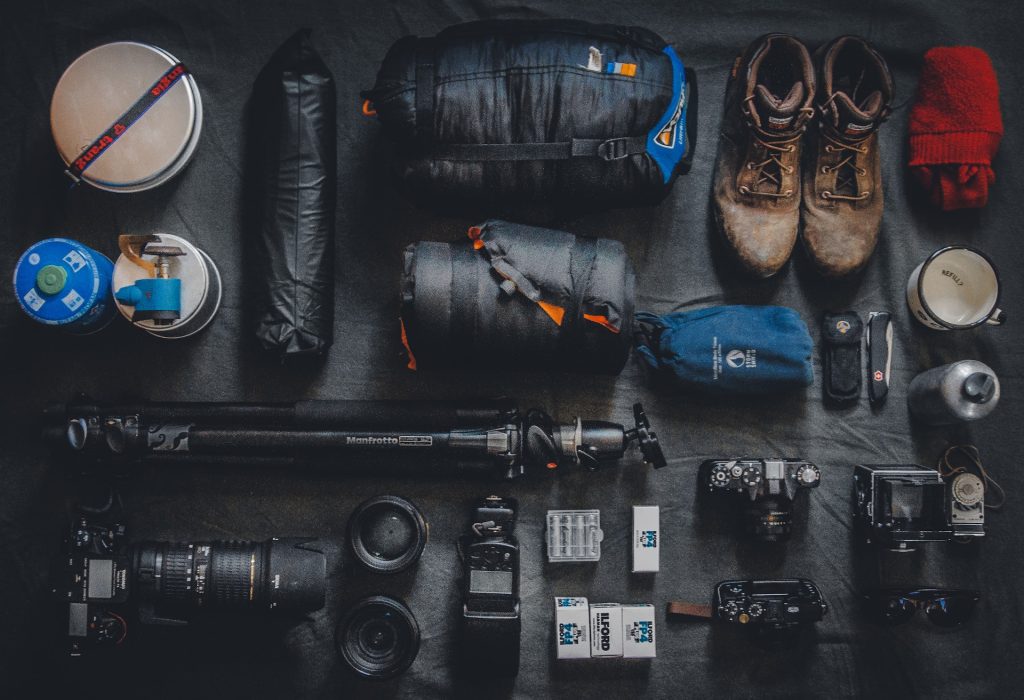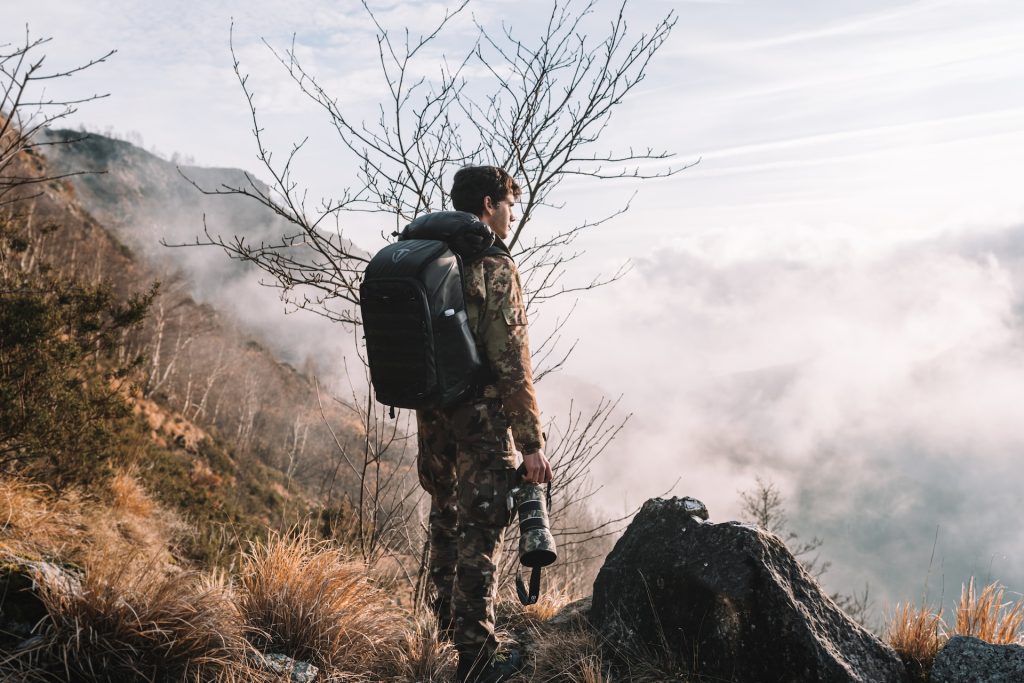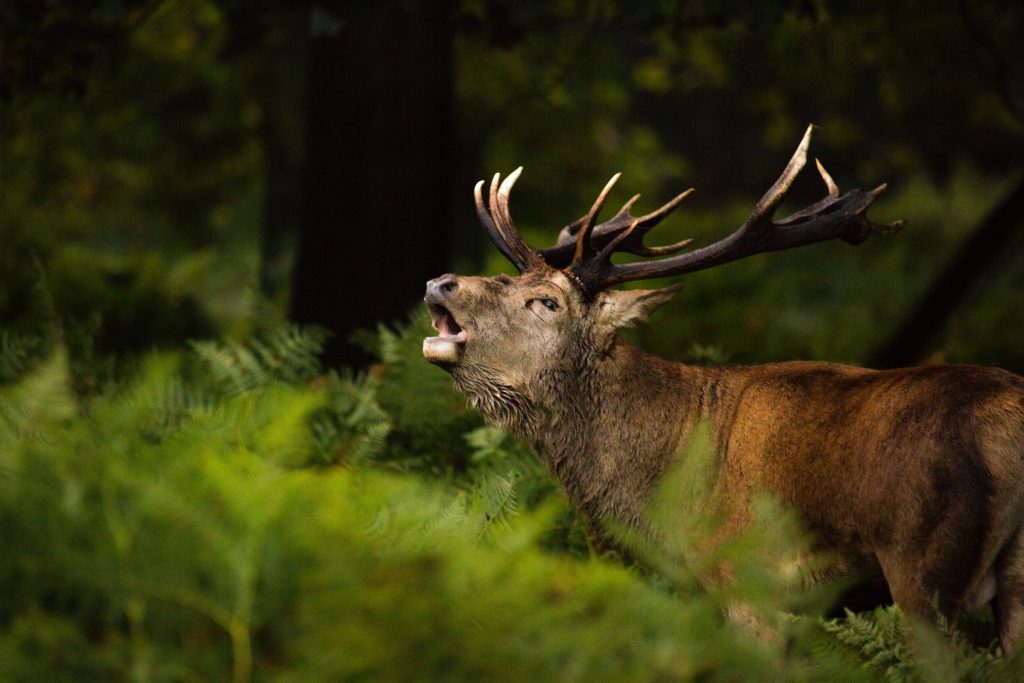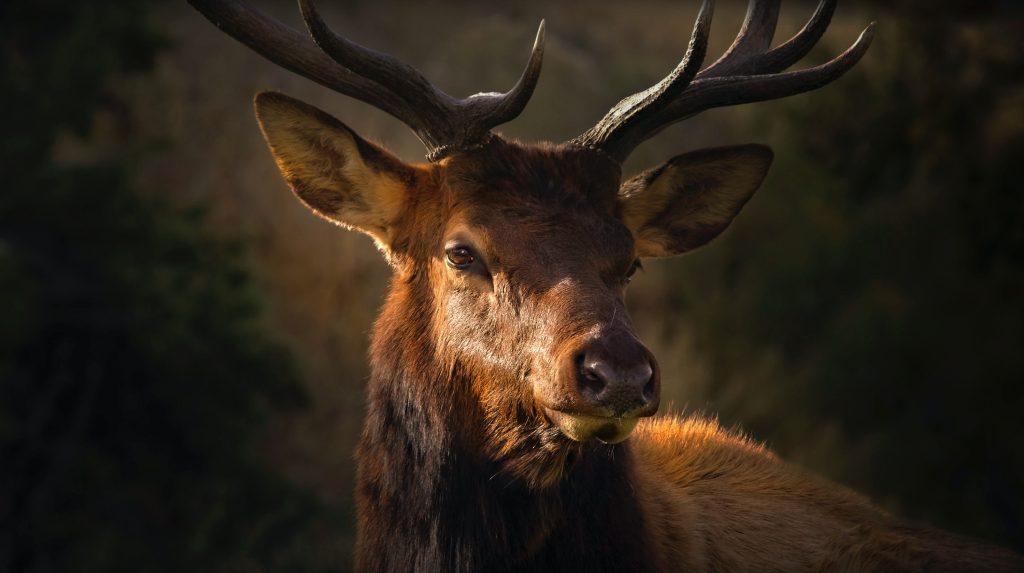Whether you’re capturing images of others’ hunting adventures or documenting your own, this guide will elevate your skills as a hunting photographer. For thousands of years, hunting stories have been depicted on rocks and walls, but in today’s world, we share our hunting experiences with friends through stunning photography. Whether you aspire to be a hunting photographer or are simply interested in the process, this guide is tailored for the New Zealand market, offering tips to help you capture the breathtaking beauty of the great outdoors.
Equip Yourself with the Right Hunting Photography Gear
Just as a hunter requires the best equipment for a successful kill, a hunting photographer needs high-quality camera gear to capture exceptional photos during their expeditions. This guide will steer you towards investing in top-notch camera equipment and other essential gear, ensuring you have the tools needed to capture your hunting story in all its glory. Read on for insights into the best hunting cameras, lenses, and equipment that will enable you to take exceptional shots amidst the New Zealand wilderness.

Hunting Cameras for Capturing Your Adventure
With numerous professional quality cameras available, it’s vital to select the one that complements your hunting photography skills and fulfills your desire for high-quality images. We present a list of some of the best cameras for wildlife photography and hunting adventures, each tailored to help you capture the captivating human-interest photos found in the great outdoors of New Zealand:
- Canon EOS-1D X Mark III – An incredible wildlife camera, albeit at a higher price point.
- Canon EOS 5D Mark IV – Although an older model, this camera is beloved by hunters.
- Canon EOS 90D – Boasting excellent sensors and speedy performance.
- Fujifilm X-H2S – Ideal for action shots.
- Nikon D500 – A dream camera for hunters.
- Nikon Z9 – Offering excellent performance at a budget-friendly price.
- Olympus OM-D E-M1 X – Known for its fast focus capabilities.
- Panasonic Lumix FZ2500 / FZ2000 – A versatile camera with 20x zoom.
- Sony Cyber-shot RX10 IV – The best camera, though relatively expensive.
Camera Arm for Stability
To ensure steady and stable footage capture from your tree stand, consider investing in a camera arm. Lightweight and capable of supporting up to 10 pounds of camera gear, camera arms like the one from Muddy Outfitter are equipped with soft, quiet straps and joints, enabling you to set up discreetly without disturbing nearby wildlife.
Enhance Audio Quality with a Mic
If you plan on capturing video footage during your hunting trip, an external microphone can significantly improve the audio quality. The Sennheiser MKE 400 is a shotgun mic that excels at capturing even the faintest sounds, such as the crunching of leaves under a buck’s feet.
Fill Flash for Perfect Lighting
Even when photographing outdoors in natural light, unwanted shadows can mar your images. Utilize a fill light to brighten up your subject, ensuring well-lit photos that lack unflattering shadows. For telephoto lens shots, consider a flash extender like the MagMod MaBeam Wildlife Kit to reach your subject effectively. When shooting at close range, a flash diffuser light softbox, such as the lightweight and foldable Altura Photo Flash Diffuser Light Softbox, provides a gentle and natural fill flash.
Choosing the Right Camera Lenses for Your Hunting Stories
Using a DSLR camera body provides you with a wide array of lens options. When selecting lenses, opt for those from the same manufacturer as your camera body or third-party lenses specifically designed to fit your DSLR’s specifications. Genuine U.S. market lenses ensure quality and minimal motion blur. Zoom lenses, such as Canon EF 70-200mm f/2.8L IS III USM Lens and Nikon af-s 200-500mm f5.6e ED VR, are ideal for wildlife photography, offering excellent photographic quality while allowing you to approach animals without startling them. For up-close hunting activities and other similar shots, a mid-range zoom lens will offer the necessary quality and zoom depth.
>> Take a look at local lense suppliers here.

Choosing the Right Camera Bag
A lightweight, camouflaged camera bag with ample pockets is essential for a hunting photographer. Tenzing, a renowned brand, offers Lumbar Hunting Packs that are spacious enough to carry all your photography gear while remaining inconspicuous during your wilderness journeys.
Dial in the Perfect Camera Settings
Your chosen camera settings can make the difference between great images and lackluster photographs. Follow these recommended wildlife photography settings, commonly used by hunting photographers:
- Shutter speed: 1/250s to 1/2500s (depending on the animal’s movement).
- Aperture: f/2 to f/6 (depending on the lens).
- ISO: 200 to 800 (depending on the available light).
Select the Ideal Orientation
Consider the orientation of your photographs, either portrait or landscape, to suit your subjects. Portrait orientation works best for capturing people or single animals up close, while landscape orientation is ideal for scenery and animals within New Zealand’s stunning hunting grounds.

Steady Your Hunt Shots with the Right Tripod
A tripod is an essential tool for maintaining a stable camera position, especially when using slower shutter speeds to avoid blurry backgrounds. When on a solo hunting trip, a tripod enables you to take self-portraits and capture your surroundings effectively.
Shoot Multiple Photographs for Variety
Take multiple shots of wildlife during your hunting trip to offer a range of options during post-production. Many cameras come with a burst mode, capturing several shots in quick succession, allowing you to freeze the perfect moment.
Consider the Background
The natural background plays a crucial role in enhancing the beauty of wildlife and hunting photos. Ensure your background remains in focus, featuring simple and essential elements that won’t distract from the natural setting. Keep modern structures or vehicles out of the frame.
Experiment with Unique Angles
Don’t hesitate to try different shooting angles, such as from above, below, or the side, instead of the usual straight-on shots. Varying angles can improve lighting and enhance the appearance of your subjects.

Follow the Rule of Thirds
The Rule of Thirds is a helpful guideline that divides your camera’s field of vision into three equal segments, either horizontally or vertically. Place your subject off-center in one-third or two-thirds of the frame for visually compelling compositions.
Clean Up Before Snapping
Before taking photographs after a successful hunt, take a moment to clean the animal. Wipe away blood from the carcass, antlers, clothing, and gear to ensure striking and respectful photographs.
Combine Photographic Techniques, Tips, and Tricks
Experiment with various techniques, tips, and tricks during your hunting photography sessions. A combination of methods may lead to captivating and unique images. Feel free to mix and match to discover what works best for your style.

Final Words
Equipped with these invaluable tips, you are now ready to embark on your next hunting adventure armed not only with your hunting gear but also with the tools and knowledge to capture breathtaking photographs. This guide has provided you with the expertise to create remarkable treasures to cherish forever, whether you’re pursuing a career as a hunting photographer or simply exploring your passion for the art of photography. Embrace the beauty of New Zealand’s wilderness and begin your journey towards mastering hunting photography. Happy shooting!


Looking for more to read?
SADDLE UP SAFELY: Riding Tips for Exploring the Farm
Aug
MASTERING HUNTING PHOTOGRAPHY: Tips, Gear, and Techniques
Jul
TOP 10 ESSENTIALS: Hunting Gear for the New Zealand outdoors
Jun
BEGINNER’S GUIDE: Downhill Mountain Biking in New Zealand
Jun
HORSE TREKKING ADVENTURE TO LOCKHARTS: Exploring Canterbury’s Private Land with OutdoorHQ
Jun
DISCOVER THE JOY OF TROUT FISHING: A COMPREHENSIVE GUIDE
May
TOP TIPS FOR COOKING IN A CAMPERVAN: NEW ZEALAND ROAD TRIP
May
HUNTING WITH KIDS IN NEW ZEALAND: 7 REASONS TO GIVE IT A TRY
May
EXPLORING THE BEAUTY OF FRESHWATER FISHING WITH OUTDOORHQ
May
NZ DUCK SHOOTING SEASON 2023: LICENSES, RULES, & BAG LIMITS
May
ENHANCE YOUR DUCK HUNTING: NEW ZEALAND 2023 SEASON TIPS
Apr
THE THRILL OF HORSE TREKKING IN NEW ZEALAND
Apr
THE PERKS OF PARKING YOUR CAMPERVAN ON PRIVATE LAND IN NEW ZEALAND
Mar
DISCOVER NEW ZEALAND’S HIDDEN TRAILS: MOUNTAIN BIKING ON PRIVATE FARMLAND
Mar
OFF THE BEATEN TRAIL: HORSE TREKKING ON PRIVATE FARMS IN NEW ZEALAND
Mar
HOW TO SAFELY HUNT FOR YOUR FIRST STAG
Mar
WHY LESS HUNTING ACCIDENTS HAPPEN ON PRIVATE LAND
Mar
DO THE RIGHT THING AND REDUCE HUNTING ACCIDENTS IN NZ
Mar
BE RESPECTFUL TO FARMERS THIS ROAR SEASON
Feb
GUIDE TO BAGGING A STAG THIS ROAR SEASON
Feb
THE BENEFIT OF HUNTING ON PRIVATE LAND DURING THE ROAR
Feb
INTRODUCTION TO THE ROAR SEASON IN NEW ZEALAND
Feb
PART II: LINBURN FARM STAY, A GIFT FROM GISBORNE
Jan
PART I: LINBURN FARM STAY, A GIFT FROM GISBORNE
Jan
PART II: HUNTING THE HAWKES BAY HIGHLANDS
Jan
PART I: HUNTING THE HAWKES BAY HIGHLANDS
Dec
FILL THE FREEZER…SHARE YOUR CATCH
Nov
WILD FOOD DEGUSTATION
Nov
THE WILD VENISON BANQUET
Nov
RAYONIER MATARIKI FORESTS – CASE STUDY
Oct
WELCOME TO BLUE MOUNTAINS HUNT BLOCK
Oct
HUNTING DOESN’T HAVE TO BE DIFFICULT
Sep
FILL THE FREEZER….FOR FREE!
Sep
THE REALITY OF PRODUCING WILD FOOD
Sep
TAKE A SEAT AT THE WILD TABLE
Sep
THE FISHING PAPER & HUNTING NEWS
Jun